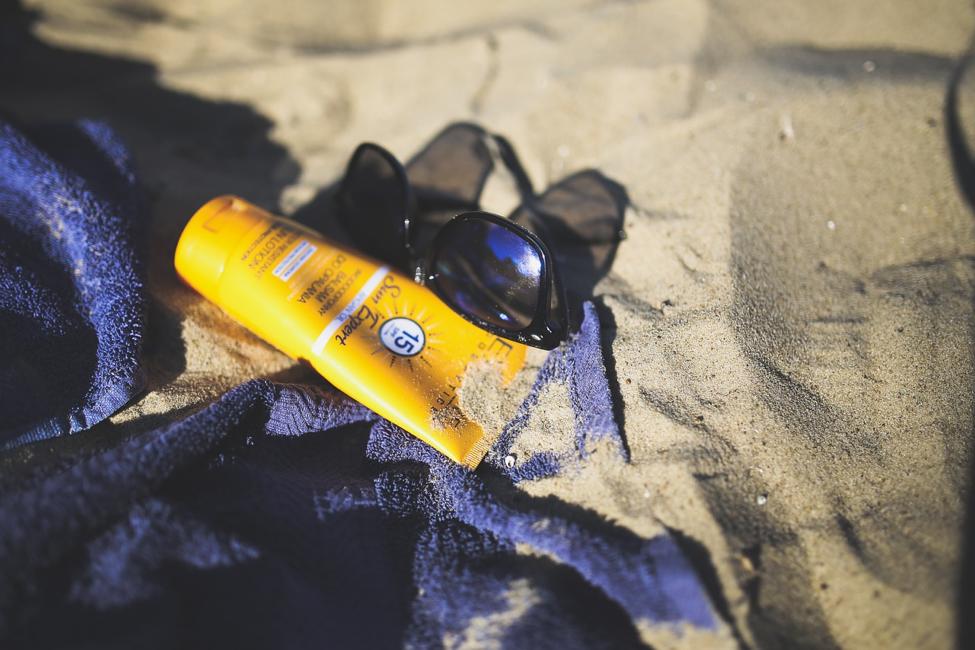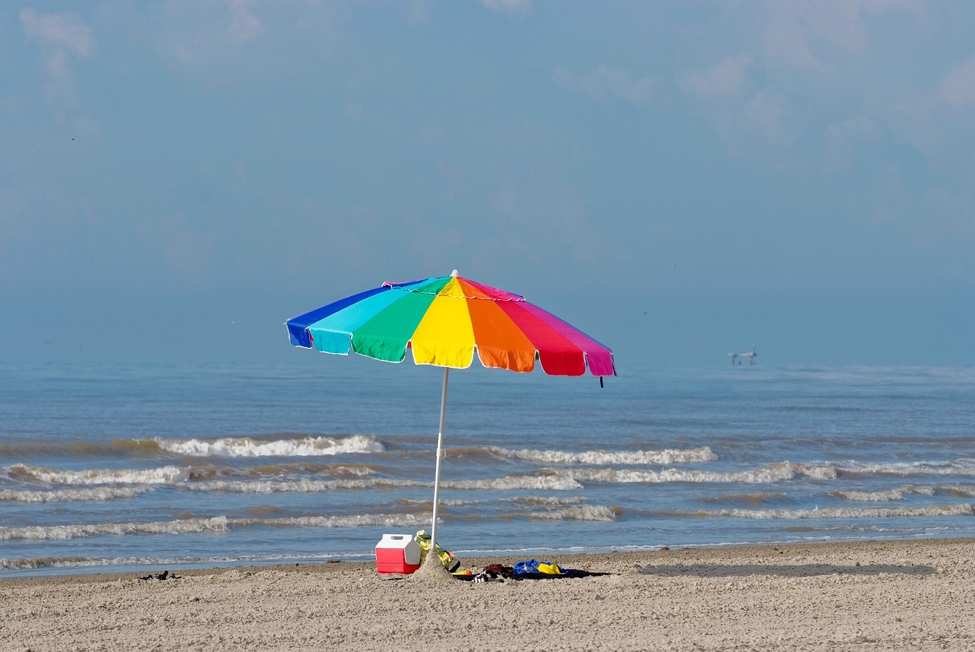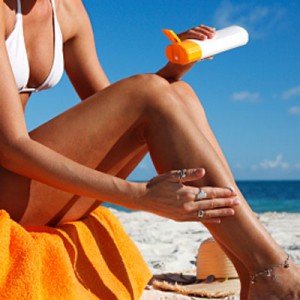
National Sunscreen Day–celebrated on May 27–is just a few days away.
It may seem like a silly holiday, but for over 70 years, sunscreen has been saving lives and protecting people from skin cancer.
For that reason alone, we think National Sunscreen Day is definitely worth celebrating–and we hope you’ll join us!
To get the party started, below are a few tips on how to protect your skin from sun damage.
Keep reading to check out our recommendations…
Sun Protection Tip #1 – Wear Sunscreen

We thought we’d start with the most obvious and overlooked sun protection tip–wear sunscreen.
Here’s the science behind why it’s so important…
The inorganic chemicals in sunscreen, including minerals such as zinc oxide or titanium dioxide, block the sun’s harmful rays.
The sunscreen ingredients do this by blocking UV lights the same way white paint reflects light.
When the UV lights are blocked, they can’t penetrate your skin causing burns, cell mutations, or even worse, cancer.
Apply one coat of sunscreen every few hours, and your skin will stay protected.
Tip: The skin on your face is very delicate, so it burns easily. For that reason, don’t forget to apply sunscreen to your face. If you’re worried about putting greasy sunscreen on your face, look for facial sunscreen that’s made specifically for facial skin.
Aside from applying sunscreen, wearing sunglasses and a hat can help protect your skin.
Sun Protection Tip #2 – Wear a Swim Shirt

People often get sunburns while swimming in pools, lakes, or oceans.
There are two reasons this happens.
The first reason is that people feel nice and cool in water so they don’t realize they are starting to burn.
The second reason is that the sun reflects off the water’s surface. These reflective rays increase the skin’s exposure to harmful rays, resulting in sunburns.
The best way to protect against getting burned while in the water is to wear a swim shirt.
These special water-safe shirts can be found in any sporting goods or swimwear store. And, they can cost as little as $20–a worthy investment!
Aside from protecting you from the sun, these shirts are designed to keep you nice and cool.
Look cool and stay cool with a sun shirt!
Sun Protection Tip #3 – Limit Your Time in the Sun

Moderation is key when it comes to protecting your skin from the sun.
You can easily limit your time in the sun by…
- Going inside for a break every few hours.
- Sitting under an umbrella while at the beach or lake.
- Scouting out covered pavilions for outdoor lunch breaks.
We personally recommend that you take a break every 2 hours for optimal protection.
Tip: If you notice your skin starting to turn pink, be sure to put on a cover-up, reapply sunscreen, or take an extended break inside to prevent getting a sunburn.
Aside from following these 3 important sun protection tips, we also recommend that you have a dermatologist check your skin once a year for any unusual bumps, marks, rashes, or moles.
Your doctor will be able to keep an eye on worrisome skin issues and provide you with additional strategies for protecting yourself against skin cancer.
How do you keep your skin safe while in the sun? Share your strategies with us in the comments below!










